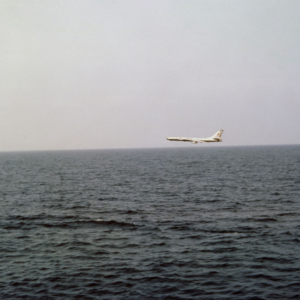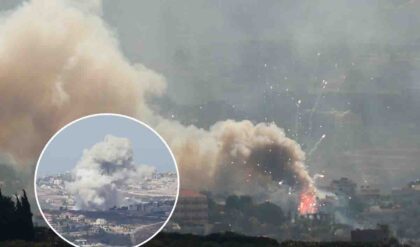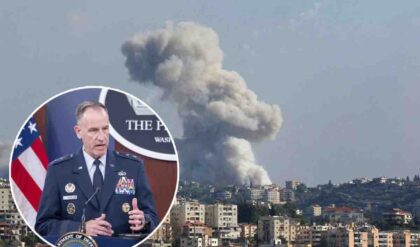In documents later declassified by the US, the American pilots’ screams of “SAM, SAM” were enough for listeners to feel the level of terror they felt when facing this weapon.
During the years 1964 and 1965, the Vietnamese Air Defense had almost nothing in their hands to attack US Air Force aircraft when they flew at an altitude of 4 to 5 km or more.
At this altitude, all of our anti-aircraft artillery and anti-aircraft artillery could not reach US Air Force fighters or bombers.
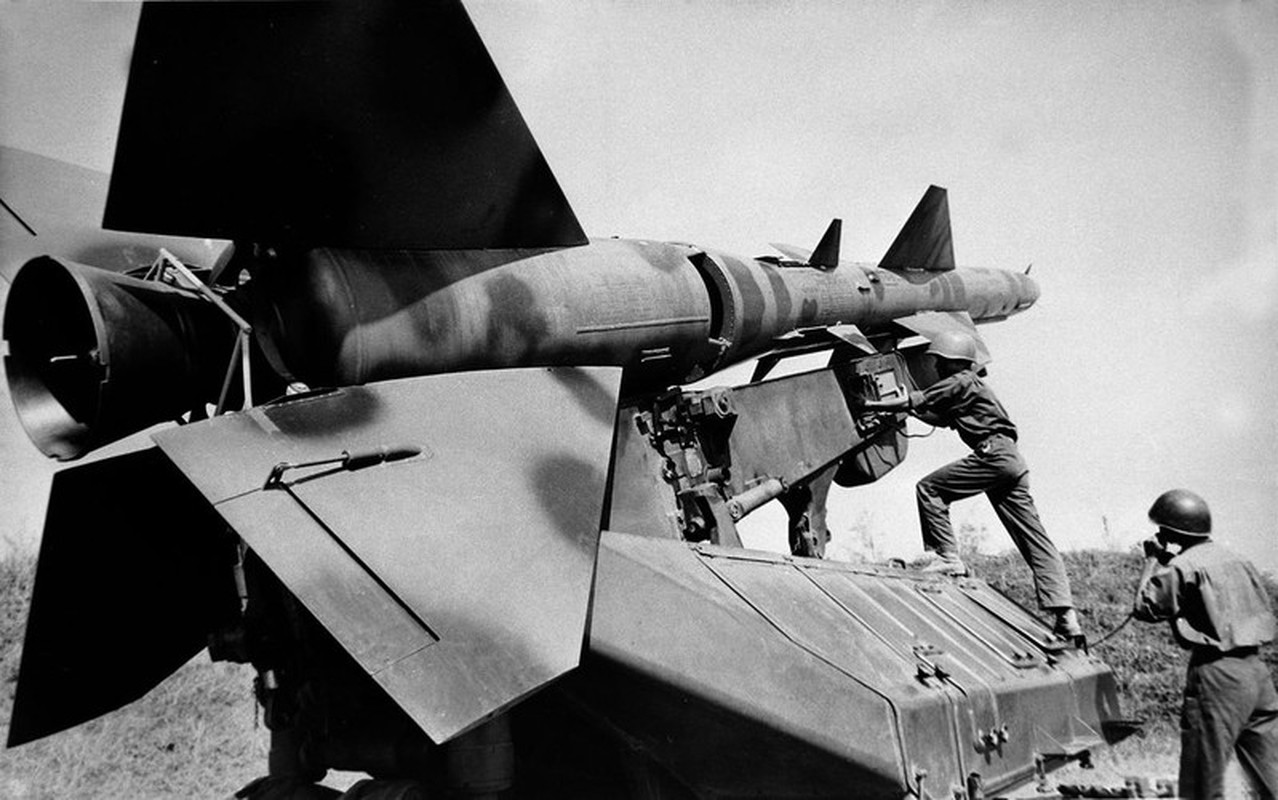
However, in July 1965, an American F-4C Phantom fighter was shot down for the first time by a SAM-2 or S-75 Dvina anti-aircraft missile in the suburbs of Hanoi.
The Vietnamese air defense’s skillful use of missiles, causing great damage to the US air force, has made this force “awakened”, forcing it to find a way to deal with the Vietnamese air defense.
Before the “Dien Bien Phu in the air” battle took place, the US air force had a rather… humorous way of dealing with Vietnamese missiles: to avoid being attacked by S-75 missiles, US aircraft would often fly at an altitude of less than 3 km.

At this altitude, the S-75 Dvina missile would have difficulty destroying the target because the enemy flew too low. However, at an altitude of less than 3 km, anti-aircraft artillery aimed with the naked eye was fully capable of “screwing the neck” of any type of fighter or bomber.
By the time the 12-day and night battle in the sky of Hanoi took place, this “people’s air defense” combat style of our army and people made the US Air Force struggle to resist when the anti-aircraft artillery fire “herded” all types of US aircraft into the reach of the S-75 missile.
According to information later declassified by the Soviet Union, the Soviet Union transferred a total of 95 S-75 Dvina missile complexes to Vietnam along with 7,658 missile shells.
In total, during the Vietnam War, the Vietnamese side launched 5,800 times, launching a total of 6,806 missiles. Photo: A piece of the S-75 Dvina missile shattered the cockpit glass of a B-52.
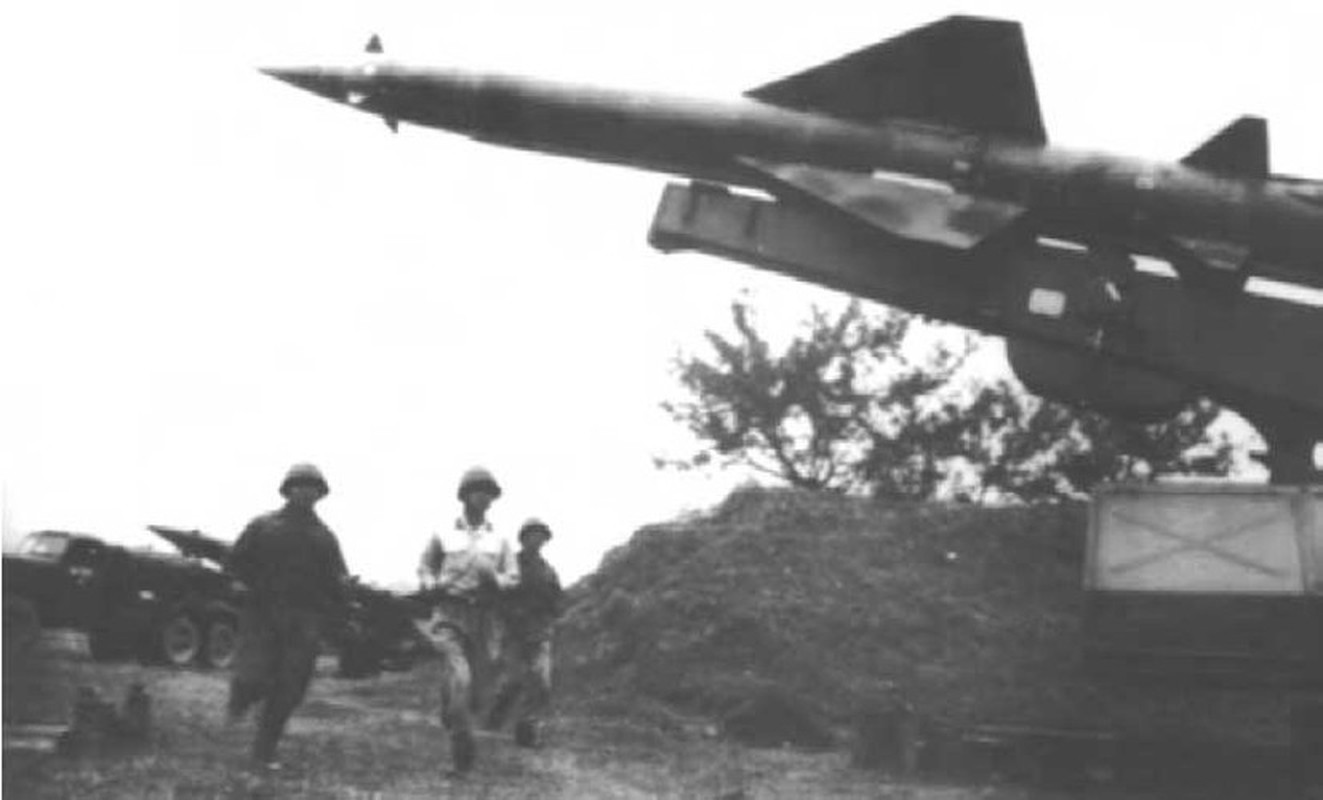
On the US side, the US Air Force had a total of 3,374 aircraft shot down in combat. Of these, 31% were shot down by S-75 Dvina missiles, a total of 1,046 aircraft – equivalent to about 6 of our missiles shooting down 1 US aircraft – an extremely high rate.
In addition to directly shooting down the US Air Force, Vietnam’s S-75 missiles also shared intelligence information from their modern radar systems with other coordinate-firing defense systems such as 100mm large anti-aircraft guns, significantly increasing the effectiveness of destroying targets.
Up to now, the Vietnam Air Force is still the only force in the world that effectively uses SAM-2 missiles to counter the US B-52.
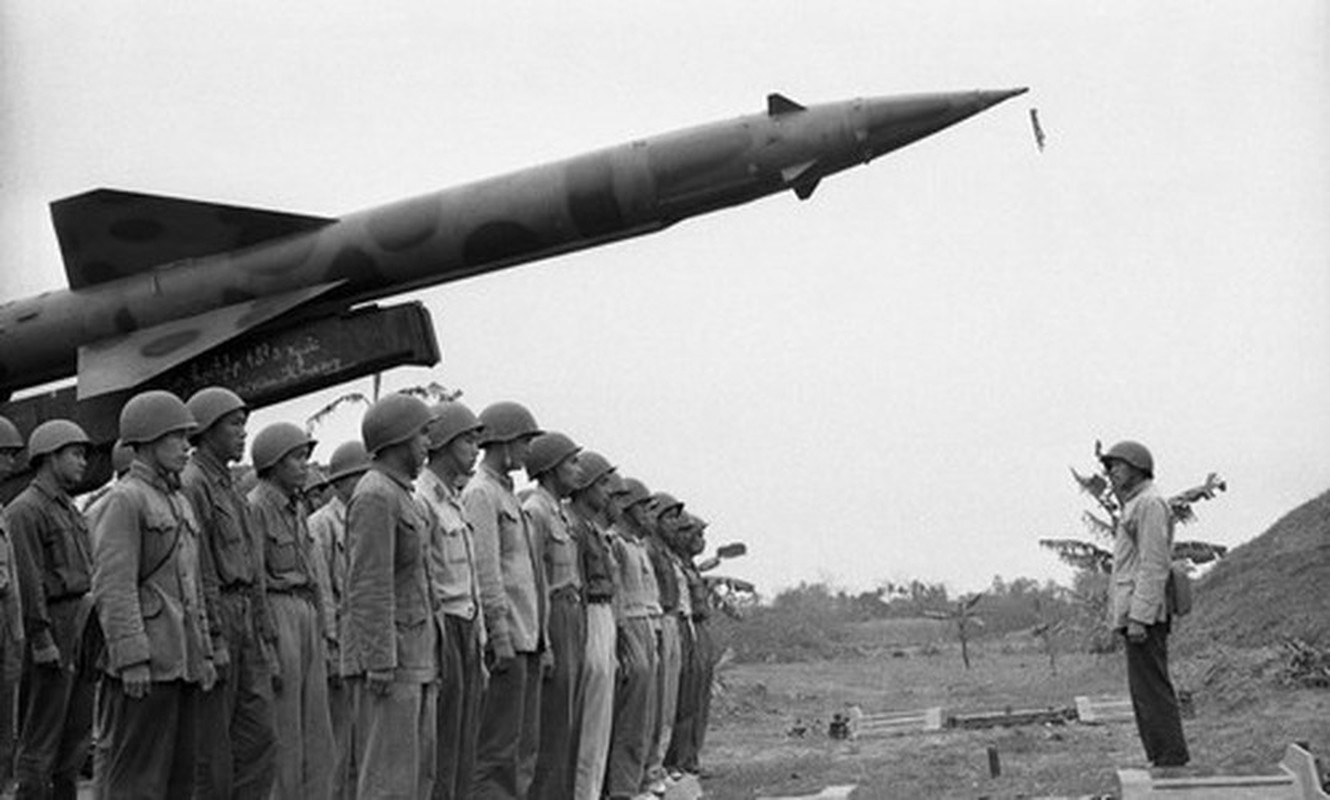
During the 12-day and night battle in the sky of Hanoi, Vietnam’s SAM-2 missiles shot down 27 B-52 aircraft, however, the US side only admitted to losing 15 aircraft, the rest crashed outside of Vietnam’s territory or returned to the airport but were then severely damaged and could not be used again. The US Air Force still considered them… retired due to accidents.
News
How Hezbollah & Israel counter-attack after the Lebanon Explosion
How Hezbollah & Israel counter-attack after the Lebanon Explosion This is how Hezbollah responded to Israel after the sophisticated pager and walkie-talkie explosions, which occurred across Lebanon. They retaliated by launching guided missiles for the first time. The three strikes…
[MUST WATCH] In pictures: The deadliest day in Lebanon in nearly a year of conflict
In pictures: Israel strikes hundreds of Hezbollah targets in Lebanon Israel attacked hundreds of Hezbollah targets on Monday in airstrikes, making it the deadliest day in Lebanon in nearly a year of conflict. Smoke billows over southern Lebanon following Israeli…
BREAKING NEWS: US sends more troops to Middle East as violence rises between Israel and Hezbollah
US sends more troops to Middle East as violence rises between Israel and Hezbollah Violence between Israel and Hezbollah is raising risk of a greater regional war. WASHINGTON — The U.S. is sending a small number of additional troops to the…
Easy Company Facts Even Hardcore Fans of ‘Band of Brothers’ Don’t Know
Photo Credit: HBO / Getty Images HBO’s 2001 miniseries, Band of Brothers, has continued to gain popularity in the decades since its release. This is partly due to later generations having greater access to the series – in particular, via…
Mighty MO – USS Missouri (BB-63) Video and Photos
There are three other ships in the United States Navy which were named after the state of Missouri besides the battleship USS Missouri (BB 63), and although she became associated with the history of the Japanese raid at Pearl Harbor, she…
A Soviet TU-16 medium jet bomber flies past the anti-submarine warfare support aircraft carrier USS Essex
That Time A Soviet Tu-16 Badger Crashed Into The Sea After Buzzing A U.S. Aircraft Carrier A screenshot from the video filmed aboard USS Essex shows the Tu-16 Badger flying very low close to the aircraft carrier. Low pass with…
End of content
No more pages to load





